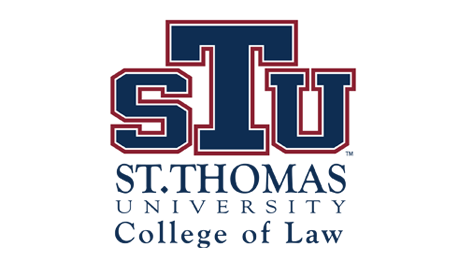Dickman Confined: The Taxation Of Gratuitous Transfers of Use
Document Type
Article
Publication Title
Stetson Law Review
Abstract
The vast majority of cases never leave their moorings of facts and legal issues. However, some transgress their initial environment, becoming the fons et origo of new theories of law. These cases proliferate into previously untouched segments of life and generate new bodies of legal doctrine. The 1984 decision of the United States Supreme Court, Dickman v. Commissioner, proved to be just such a controversial and consequential judicial pronouncement. By approving the taxation of interest-free demand loans under federal gift tax laws, Dickman overruled a longstanding line of decisions. Based on a fundamentally erroneous assumption and couched in language both expansive and overbroad, Dickman permitted the Internal Revenue Service (Service) to attach gift tax consequences to previously untaxed gratuitous transfers of uses of property, ranging from complex corporate asset freezes and grantor-retained income trusts (GRITS) to commonplace loan guarantees among family members. Congress ultimately codified the Dickman result and extended its rationale to the income tax consequences of below-market rate loans. The common thread linking the transactions affected by the Dickman rationale is the taxpayer's failure to act in, and protect, what the Service has ordained to be the taxpayer's objective economic interest, i.e., the failure of the lender to derive an economic benefit by investing the loan proceeds in an interest bearing vehicle. In applying this rationale the Service has extended and fundamentally redefined the traditional notion of taxable gifts. This Article will discuss, critique, and restrict Dickman in the context of its case ancestry and progeny. First, this Article will analyze the legal environment preceding the decision concerning the tax treatment of interest-free demand loans. Part I will discuss how the income tax and gift tax systems are interrelated. Part II will demonstrate the courts' consistent failure to properly apply assignment of income principles to gratuitous interest-free demand loans, thereby mischaracterizing their income tax consequences. This failure has resulted in a fundamental flaw in the stated tax policy rationale which underpins the Supreme Court opinion in Dickman. Part III is a historical review and analysis of cases dealing with the gift tax consequences of such transactions. Part IV addresses the Service's subsequent extension of Dickman's rationale to corporate freezes, buy-sell agreements, and grantor-retained income trusts (GRITs). This part delineates the uncertainties which taxpayers and tax advisors face concerning this issue in a voluntary self-assessment tax system. Such uncertainties destabilize and undermine the taxpayers' confidence and are detrimental to the administration of the tax code. This effect is particularly acute when a broad and sweeping decision such as Dickman is applied to common gratuitous transfers in familial or neighborly environments. Part V will discuss the potential future application of Dickman by the Service to uncompensated uses of assets other than money commonly afforded family and friends. By analyzing underlying policies, Part VI argues the reach of Dickman can be limited if courts focus on the decision's often overlooked restrictive criteria concerning reasonable valuation of the use of the gifted property.
First Page
509
Last Page
557
Publication Date
Spring 1992
Recommended Citation
Mark J. Wolff, Dickman Confined: The Taxation of Gratuitous Transfers of Use, 21 Stetson L. REV. 509 (1992).

